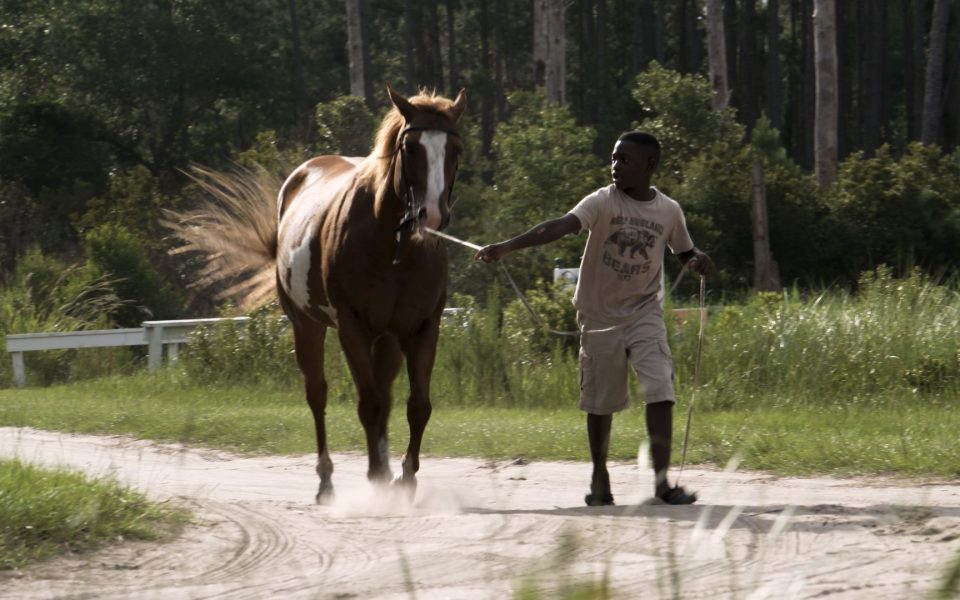Dir. Nick Brandestini, USA/Switzerland, 2020, 91 min.
Screening virtually. Learn more here.
This documentary opens at a small pond at Sapelo Island, Ga. with two young brothers — JerMarkest, 11, called Marcus, and Johnathan, 10 — fishing. They’re the grandsons turned adopted sons of historian Cornelia Walker Bailey, who worked to preserve the Geechee-Gullah culture of Sapelo until her death in 2017, and her husband Julius “Frank” Bailey.
The feature film is a glance at Bailey’s work in Sapelo, such as maintaining the exclusively-Black space, and her attempts in raising her grandsons as they come of age.
Bailey states despite her efforts to preserve the island, that has not stopped outsiders from purchasing property in Sapelo.
“There’s a lot of people waiting in the wings with their checkbook handy,” Bailey says. “But the culprits is my own people because they’re the ones that’s selling it to the other folks.”
Halfway into the film, the focus shifts from the island’s history to Marcus’ temperamental adolescence when his behavioral issues result in him being sent to live with his mother on the mainland. Marcus, whose father is in his life but always away for work, acts out with no consistent paternal figure around.
“I wish he would come pick me up sometimes on the weekends and we just hang out,” he says. But I don’t get to see him that much no more ‘cause he’s working all the time.”
The film balances telling the story of Bailey’s attempts to keep the island unchanged with the younger generation’s personal lives. It is a snapshot of a suffering island, which appears to slowly be losing its culture as the elders pass and the youth leave for education, and the remaining residents try to save it.
Find our full guide to RiverRun 2021 here.
Join the First Amendment Society, a membership that goes directly to funding TCB‘s newsroom.
We believe that reporting can save the world.
The TCB First Amendment Society recognizes the vital role of a free, unfettered press with a bundling of local experiences designed to build community, and unique engagements with our newsroom that will help you understand, and shape, local journalism’s critical role in uplifting the people in our cities.
All revenue goes directly into the newsroom as reporters’ salaries and freelance commissions.


Leave a Reply